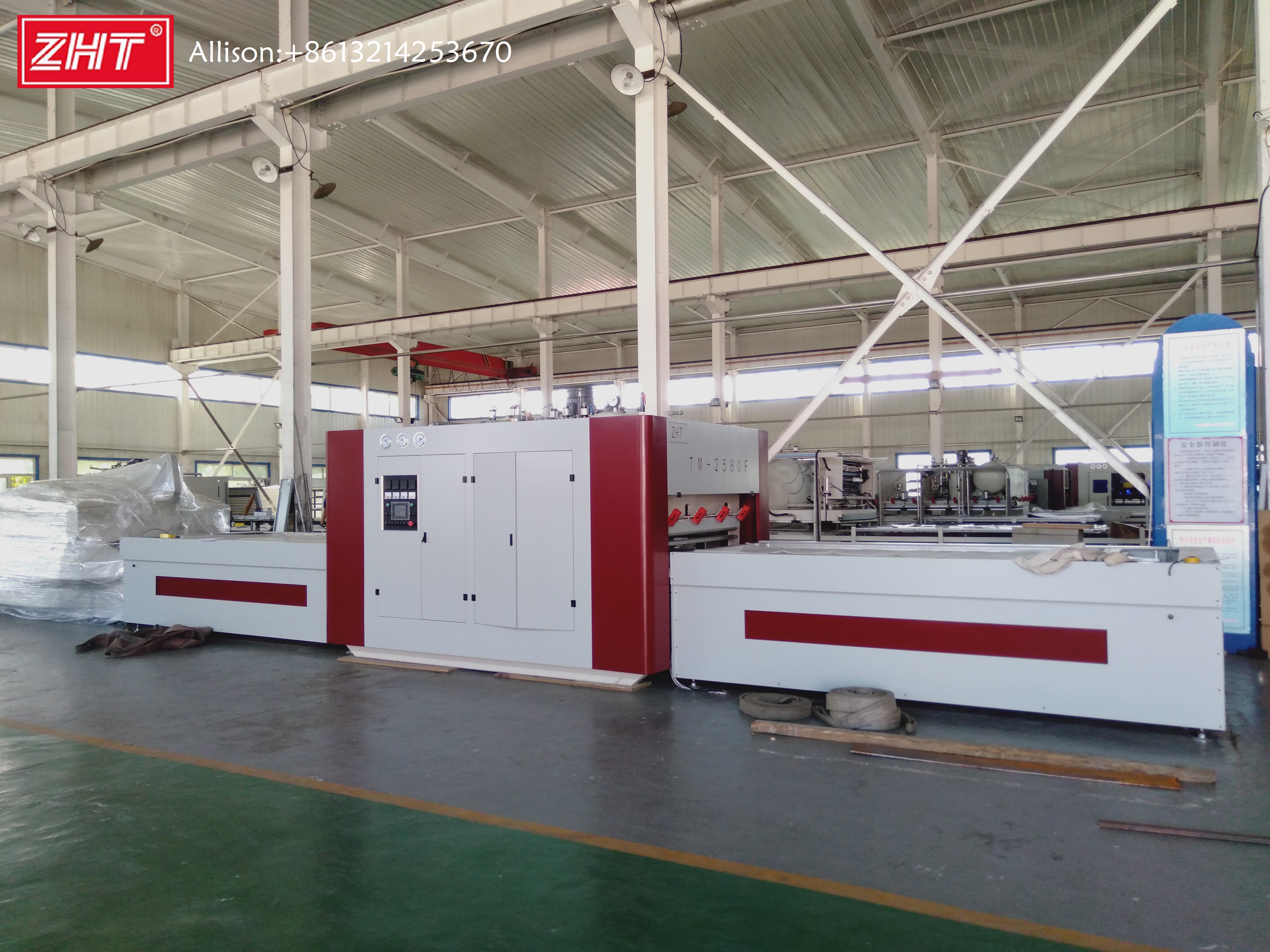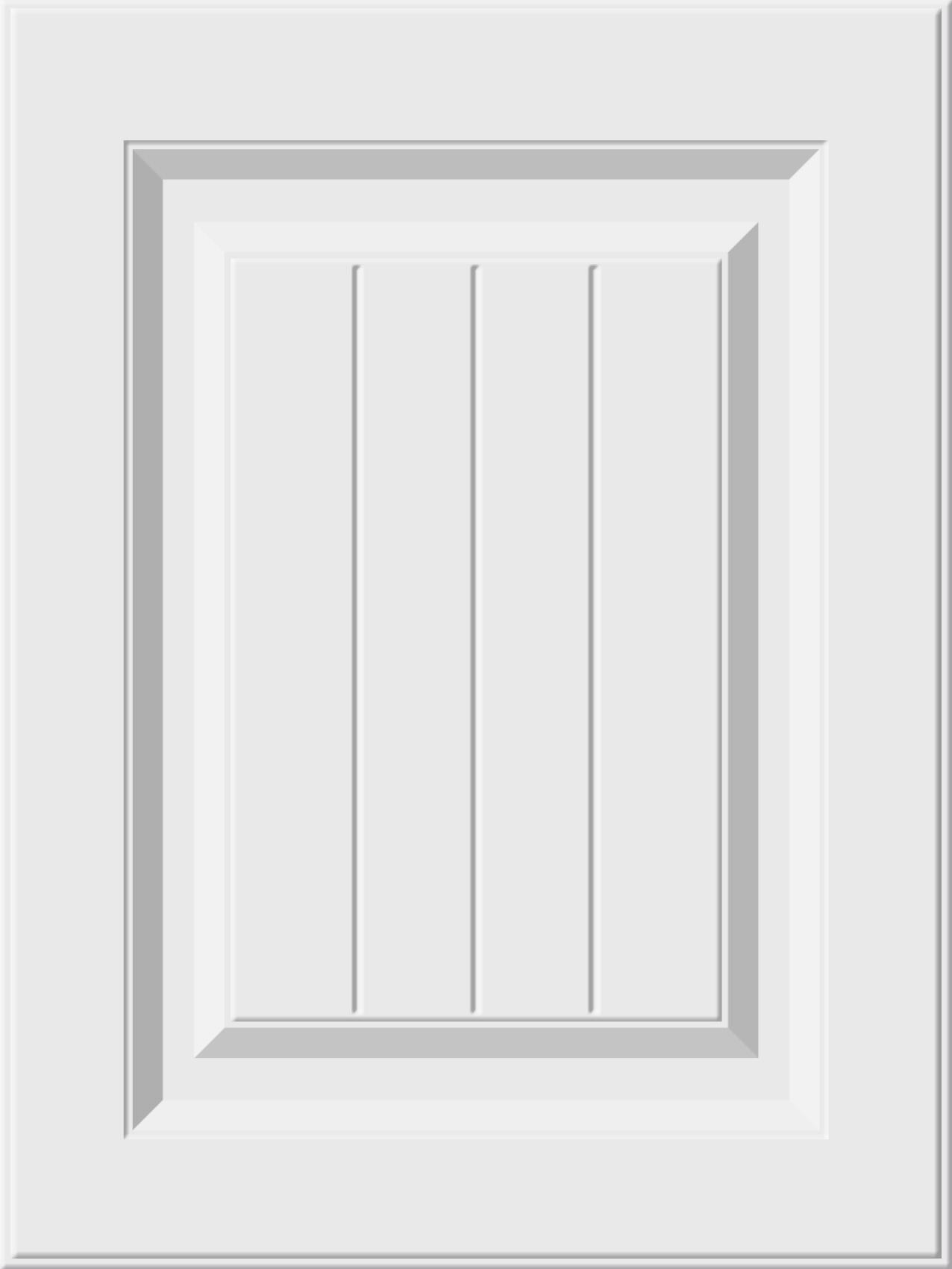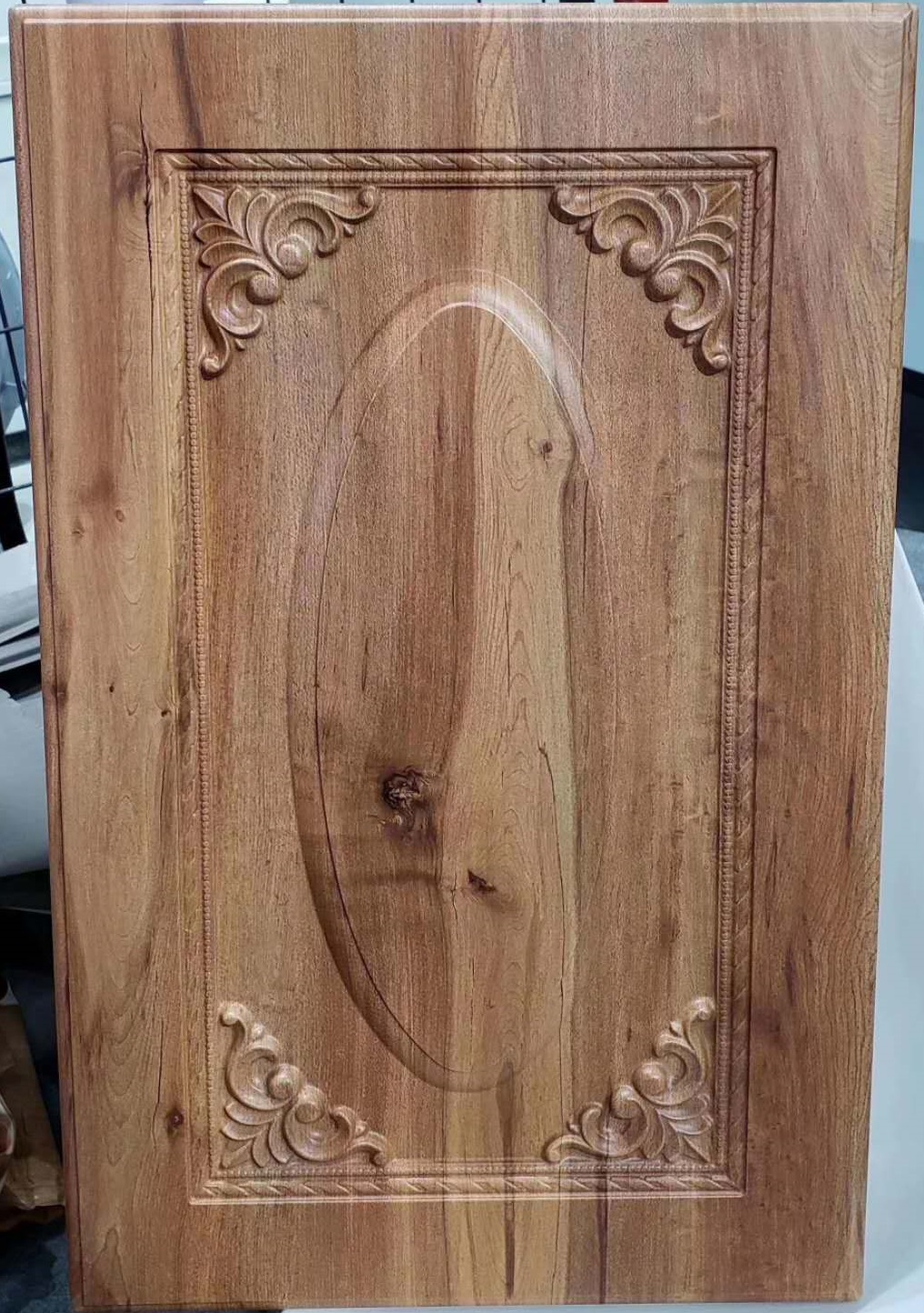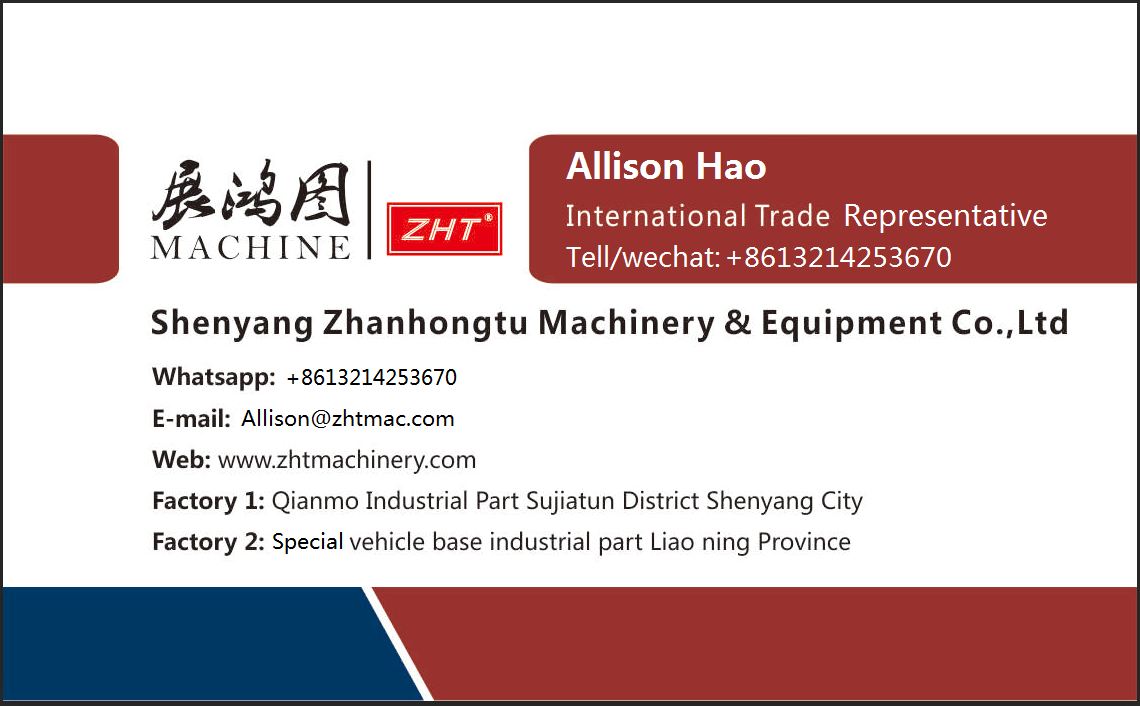- All
- Product Name
- Product Keyword
- Product Model
- Product Summary
- Product Description
- Multi Field Search
Views: 24 Author: Site Editor Publish Time: 2019-12-13 Origin: Site

In membrane presses, coating materials such as veneer, thermoplastic films or transfer finish foils are pressed to pre-glued, profiled surfaces or shaped parts.
Before processing in the press, the workpieces have to be prepared. This includes the application of an adhesive layer - e.g. by a spraying device or by rollers - with prior cleaning of the adhesive surface (e.g. with brushing machines). The adhesive is then dried and later in the press activated by heating. If self-adhesive films are used, the application of glue to the workpiece is deleted.
The prepared workpiece is further processed as follows:
l Placing of the pieces on the machine table
l The workpiece edge should be completely enclosed, so supports are necessary, which are slightly smaller than the pieces themselves. Supports are not needed when using a pin-System.
l When an optimization software is available, table top and film can be used as best as possible.
l Covering the table with the film and separation from the role or covering the workpieces with veneer.
l The film is removed from the film magazine - either manually or with a film unrolling device - and after covering the table it is usually cut off by a foil cutting device.
l Moving of the table into the press (manually or automatically)
l Pressing process according to the chosen principle (see: operating principles of membrane presses)
l Coating material and workpiece are heated, thus the glue is activated, the thermoplastic film becomes deformable.
l During the pressing, the coating material adapts to the surface of the workpiece.
l Adhesive or film harden when cooled, wood material and coating are now connected to each other.
l The table moves out of the machine after the pressing process, the workpieces are turned over.
l Possible feeding systems, see: machine table
l Removing of protruding pieces of film.
l manually or automatically using a cutting station



Film that is deformed when reaching a certain temperature. Used for coating derived timber panels (e.g. on mould presses or membrane presses).
l PVC film
l oil and acid resistant
l contains harmful pasticizers
l melting temperature: 120 °C
l ABS film
l high surface hardness
l oil resistant
l melting temperature: 105 °C
l PP film
l properties heavily influenced by fillers
l high temperature resistance (up to 110 °C)
l melting temperature: 160 °C
The real processing temperature is below the melting temperature and is indicated by the film manufacturer.
